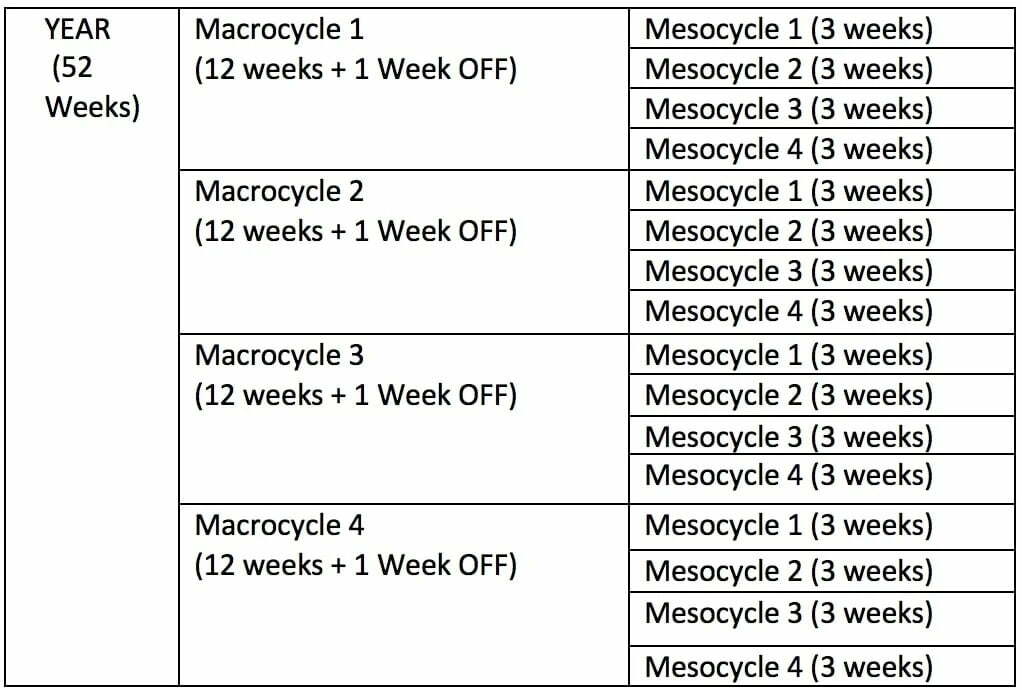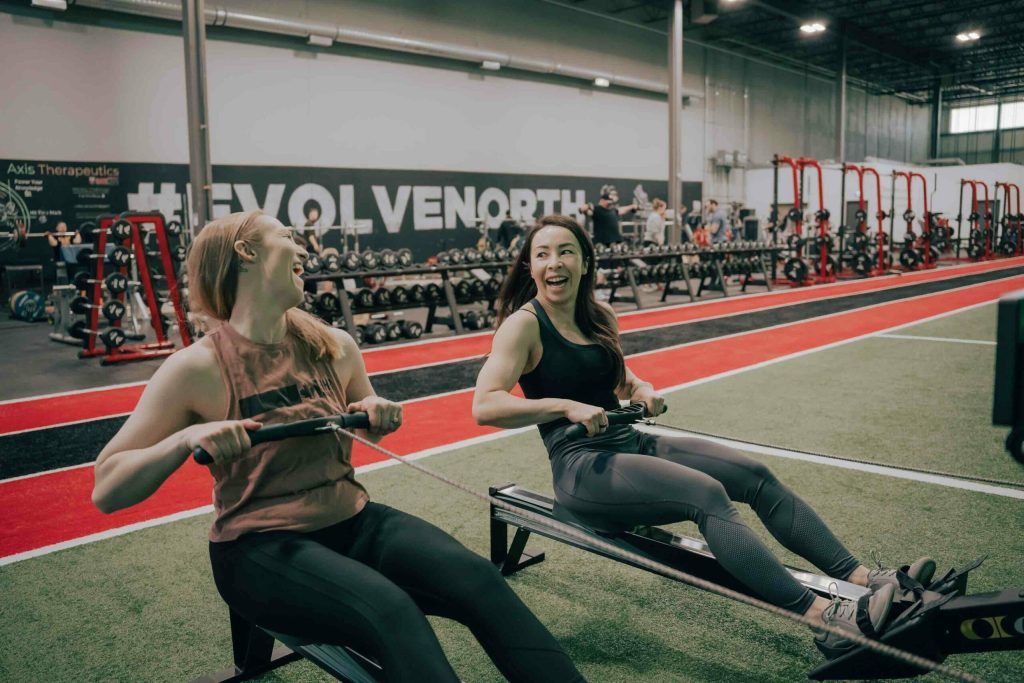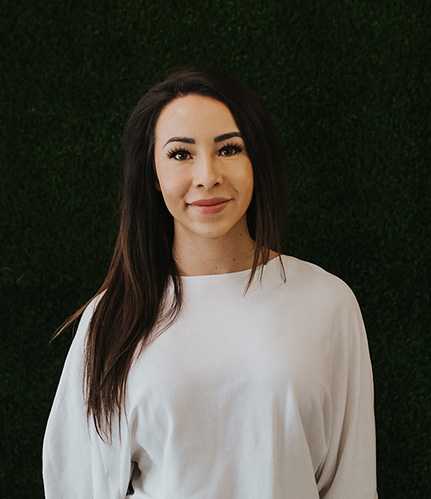With summer on the horizon and gyms across Canada on the verge of reopening, it is time to start thinking about your summer fitness strategy.
As an Advanced Certified Holistic Nutrition Consultant and Personal Fitness Trainer, I’m passionate about helping others achieve their goals. “A goal without a plan is just a wish!”
Are you ready to see your summer fitness goals to the end?
Here are some critical considerations when mapping out your training routine:
1) HAVE A CONCRETE GOAL
It is best to begin all fitness explorations with a clear end goal in mind.
What do you want to achieve with your developing fitness level?A better body? More strength? A more competitive athlete?
In addition to asking yourself what you want, don’t forget to ask yourself why you want it. The why, not surprisingly, is just as relevant.
You cannot overlook the fact that there are likely to be several moments in your training program where you will want to quit or get out of touch with why you got started. Having a clear vision of your end goal will reinforce your momentum when times are trying.
Therefore, the clearer your vision, the easier it becomes to stay on track.
2) HAVE A PLAN
A plan is vital.
Would you make a cake without a recipe? Book a destination holiday without a flight? Plan a wedding by just winging it? I hope not!
Get my drift?
If you want something to turn out the way you desire, you will need a plan, and this notion should extend to your health and fitness approach.
Therefore, does it make any sense to achieve your physical fitness or physique goals without a plan?
Not a chance!
Here are some other reasons having a plan is essential:
- Our bodies adapt from workout to workout. To get the most out of your training sessions, you need to ride the wave of adaptations you create. In other words, every time we repeat the same training session, we should feel more robust and efficient. Being able to train at a higher threshold means we can get more out of that same workout.
Conversely, if your idea of a workout is throwing together a random mish-mash of exercises, you are unlikely to derive the optimum amount of benefit from each training session. Efforts need to be repeated and to repeat something, you need to know what you did previously. This means you need a plan. - Having a plan allows you to assess how your body responds to training. You learn a great deal about what works for you as you progress through a program. The more plans you try, the better you understand which variables reinforce your results the greatest. As I always say, “the best program is the next program.”
- A plan improves accountability. It’s like a to-do list every time you go into the gym. How much better is your grocery shopping experience when you have a checklist? How much better is your day if you know what you are doing as soon as you wake up? In the same respect, it’s much less stressful to follow a plan than to think your way through exercise selection while you are out of breath
3) THINK LONG TERM
A common complaint from new trainees is the failure to see results or progress at the onset of a program. Interestingly enough, a lack of visual change does not mean the program is not creating improvements. It might not be a realistic time frame to see or feel the program’s physical effects.
There are several reasons this occurs:
- Training age: If you are new to training, your ability to produce maximal efforts is likely to be low. As you become more efficient in the gym, expect your work capacity to improve as well as the speed of your results.
- Often the body will get healthier at a physiological level before changes materialize on the exterior
- We often overlook the small changes because we see ourselves every day.
- Training can create inflammation, drawing water to the muscles for repair. Excess water weight can increase body weight, although it is not related to fat gain. Using the numbers on the scale can often be an inaccurate representation of real progress.
Tracking measurements like waist, weight, skinfold (if available), and weights lifted in the gym are helpful analytics to determine how well the program is working.
A good rule of thumb is to wait until you complete a twelve-week training cycle before assessing the merits of the program.
The following graph is how most trainers visualize a training year.
The total number of 12-week phases that can fit into a full training year is 4. It’s a good practice to make sure to schedule in time for a week off after every 12-week cycle. Four twelve-week phases, in combination with the weeks off, will total 52 weeks.
Within each 12- week training cycle, called macrocycles, we have smaller phases called mesocycles. They are typically in three-week to four-week segments. Having smaller sections within more extensive aspects means you should plan for 3-4 different workout routines in a 12-week phase.
Any changes you make workout-to-workout occur during what is known as the microcycle.

The biggest driver is and always will be consistency. You can have the best training program in the world in front of you, but if you fail to execute it, the program becomes worthless.
Naomi Sachs Tweet
4) EXECUTE, EXECUTE, EXECUTE
The biggest driver is and always will be consistency. You can have the best training program in the world in front of you, but if you fail to execute it, the program becomes worthless. Meanwhile, you might get better results from an elementary program where you never miss a session and always give it your all.
The complexity of the program does not guarantee results.
Nothing guarantees result more than you showing up day in and day out for your program.
FREE RESOURCES: PICKING YOUR TRAINING PROGRAM
Here are three main options to acquire a training program:
- Write the program yourself. I do not recommend this option unless you have done at least one course on program design. While there are no hard-fast rules on this, there is a high chance you could put yourself at risk for injury if the plan lacks organization. Increasing chances of injury make this option not worth the risk, in my opinion.
- Hire a local coach who specializes in writing programs for your goals. Working with a coach is always the best choice and one where I have personally seen the most results with clients (and myself) in the shortest amount of time.
- Find a FREE Program Online!!! I want everyone to succeed with their fitness regardless of what their budget might be. If a free program is all that is affordable, that is ok!! I scoured the internet and checked in with my colleagues to see which resources offer the most promise. The following links are a compilation of our best suggestions for finding free programs! Although these programs are not customized, the chances are high that you will still derive immense benefit if you knock them off to the best of your ability. I firmly believe having a free plan is significantly better than having no plan! Enjoy.
- T-NATION: https://www.t-nation.com/workouts
- CA: https://www.myfit.ca/fitnessprograms/viewall.asp?contains=free_fitness_programs
- MUSCLE AND STRENGTH: https://www.muscleandstrength.com/workout-routines
- FITNESS BLENDER: https://www.fitnessblender.com/videos
- HUMAN FIT PROJECT: https://humanfitproject.com/fitness-workouts/aesthetics/30-free-workout-plans-for-different-goals-and-abilities/
Conclusion
As with all exercise programs, when using the suggestions mentioned above, you need to use common sense. To reduce and avoid injury, you will want to check with your doctor before beginning any fitness program. When performing any fitness recommendations from this article, you are conducting them at your own risk. Naomi Sachs Nutrition and Fitness Consulting will not be responsible or liable for any injury or harm you sustain as a result of the suggestions mentioned above. Thanks for your understanding.









